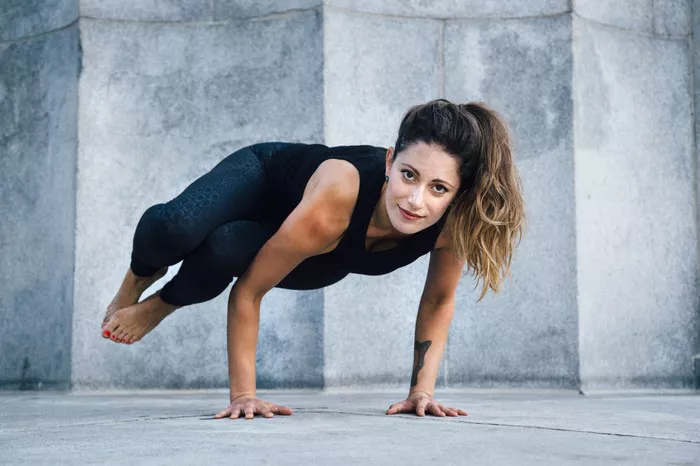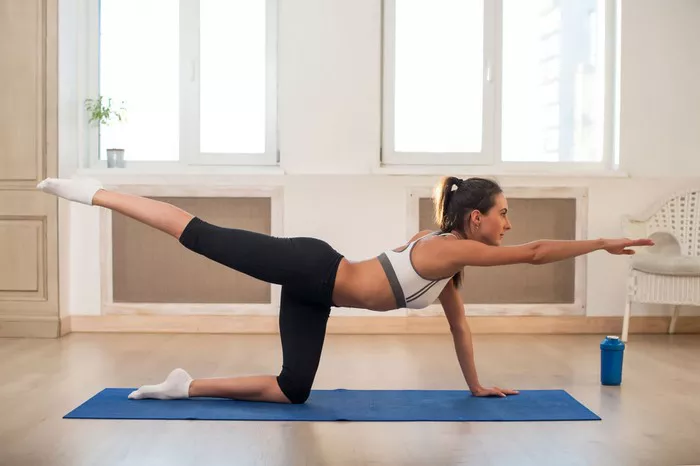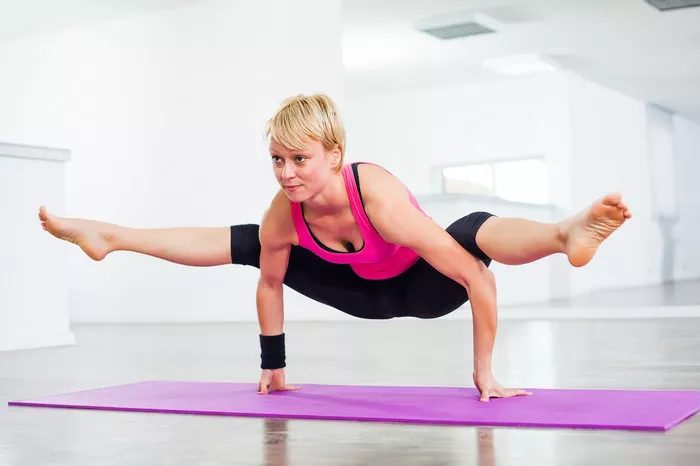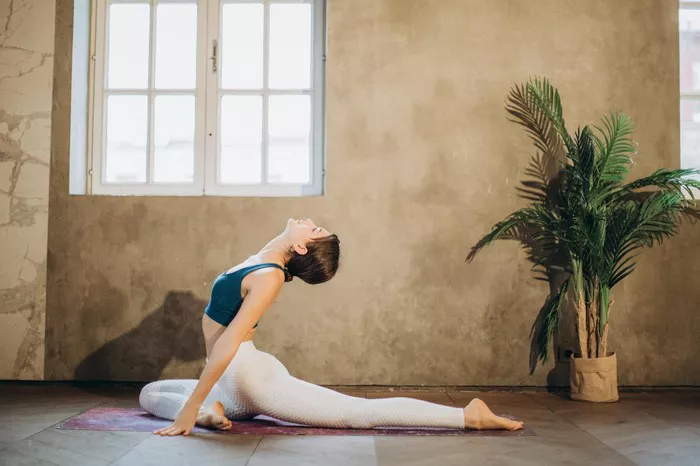Yoga, an ancient practice rooted in Indian philosophy, offers a multitude of poses aimed at harmonizing the mind, body, and spirit. Among these is the Side Crow Pose, a challenging yet rewarding asana that requires strength, balance, and focus. In this comprehensive guide, we delve into the origins, symbolism, benefits, variations, modifications, step-by-step instructions, as well as precautions and contraindications of the Side Crow Pose.
Origins and Symbolism
The Side Crow Pose, known as Parsva Bakasana in Sanskrit, derives its name from two words: “Parsva” meaning “side” and “Bakasana” which translates to “Crow Pose.” This asana is a variation of the Bakasana or Crow Pose and is believed to have originated in ancient Hatha Yoga texts.
Symbolically, the Side Crow Pose represents balance, courage, and overcoming obstacles. Just as a crow fearlessly perches on a branch, practitioners of this pose learn to find stability and poise amidst challenges in life.
Physical and Mental Benefits
The Side Crow Pose offers a plethora of physical and mental benefits, making it a valuable addition to any yoga practice:
1. Strengthens Core Muscles: Performing Side Crow requires engaging the abdominal muscles, obliques, and lower back, thereby strengthening the core.
2. Improves Balance and Coordination: Balancing the body on the side while supported by the arms enhances proprioception and coordination.
3. Tones Arm and Shoulder Muscles: This pose activates the muscles of the arms, shoulders, and chest, helping to tone and sculpt these areas.
4. Stimulates Digestion: The compression of the abdomen in Side Crow can aid in stimulating digestion and relieving gastrointestinal discomfort.
5. Boosts Confidence and Focus: Mastering Side Crow fosters self-confidence and mental focus as practitioners learn to conquer fear and doubt.
See Also: Top 10 Yoga Inversion Poses
Variations and Modifications
Yoga is a practice that accommodates practitioners of all levels, and Side Crow Pose is no exception. Here are some variations and modifications to suit different needs:
1. Supported Side Crow: Beginners can place a block or bolster under the forehead for support, reducing the fear of falling forward.
2. One-Legged Side Crow: Advanced practitioners can lift one leg straight back while in Side Crow, intensifying the pose and further challenging balance.
3. Half Lotus Side Crow: For a deeper hip stretch, one can bring the top foot into a half lotus position before attempting the pose.
Step-by-Step Instructions
Follow these step-by-step instructions to safely practice the Side Crow Pose:
- Begin in a squatting position (Malasana), with feet slightly wider than hip-width apart and toes pointing slightly outward.
- Place the hands shoulder-width apart on the mat, spreading the fingers wide for stability.
- Shift the weight onto the hands, lifting the hips and coming onto the balls of the feet.
- Bend the elbows slightly and place the knees on the back of the upper arms, just above the elbows.
- Engage the core muscles and lean forward, shifting the weight onto the hands while lifting the feet off the mat.
- Keep the gaze forward and find a focal point to maintain balance.
- Extend through the legs, pressing the inner thighs together, and reach the toes towards the sky.
- Hold the pose for 5-10 breaths, then gently release and return to Malasana or Child’s Pose.
Precautions and Contraindications
While Side Crow Pose offers numerous benefits, it is essential to practice with caution, especially if you have any pre-existing medical conditions or injuries. Here are some precautions and contraindications to consider:
1. Wrist or Shoulder Injuries: Avoid Side Crow if you have any acute or chronic wrist or shoulder injuries. Instead, focus on poses that strengthen and stabilize these areas.
2. Pregnancy: Pregnant individuals should avoid deep twists and poses that compress the abdomen, making Side Crow unsuitable during pregnancy.
3. High Blood Pressure: Those with high blood pressure should practice with caution and avoid holding the breath while in the pose.
4. Neck Issues: Individuals with neck injuries or discomfort should avoid putting excessive pressure on the cervical spine by keeping the gaze forward and the neck in a neutral position.
5. Fatigue: Avoid practicing Side Crow when fatigued, as this can compromise stability and increase the risk of injury.
Conclusion
In conclusion, Side Crow Pose is a dynamic and empowering yoga asana that challenges both the body and mind. With its origins deeply rooted in yoga philosophy and symbolism, this pose offers a myriad of physical and mental benefits for practitioners of all levels. By incorporating variations, modifications, and practicing with mindfulness and caution, individuals can safely explore and reap the rewards of Side Crow Pose in their yoga journey.
























